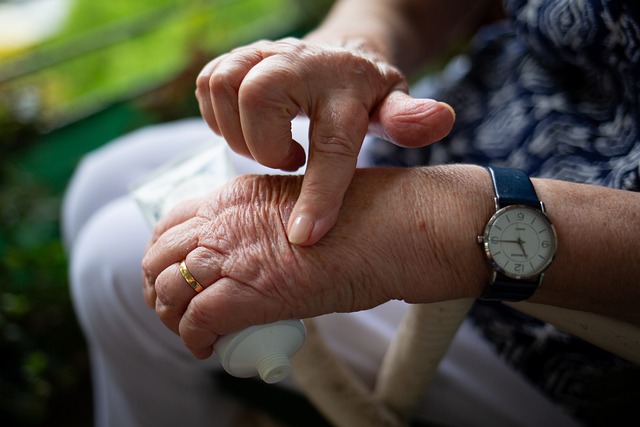Nowadays, keeping a weather eye on our daily wellness is as easy as buckling on a smartwatch. Wearable health tech has become all but ubiquitous in the consumer wellness sector. We use it to discreetly monitor our vitals, deploy scheduled medicine doses, track our fitness goals, improve our posture, and even call for help in the event of a fall or injury. Wearable devices have traveled so far into the mainstream that, today, they barely warrant a passing glance — so long as the wearer is human, of course.
Even today, wearable pet tech is enough a novelty to warrant a second (or third) glance. The veterinary wearables market has had a somewhat slower start than its human equivalent; however, it is slowly but surely trending upwards.
According to a recent report published by Grandview Research, the pet wearables sector was valued at $1.6 billion at the end of 2019 and is expected to expand at a healthy clip — analysts project that the market will experience a compound annual growth rate (CAGR) of 14.3 percent from 2020 to 2027. Factors driving that growth, the write, include increasing pet expenditure fueled by rising disposable income, increased knowledge about animal wellness, and growing interest in how pet wearables can be used in the medical treatment and diagnosis of pet health concerns.
But what are veterinary wearables?
The term “wearables” requires a broad definition. Pet wearable devices use a variety of tools — including but not limited to GPS trackers, motion sensors, cameras, RFID sensors, and transmitters — to remotely track pet movement and assess their physiological and biomechanical systems.
Grandview’s researchers write that animal-centric wearables promise to better “enable pet owners and veterinary doctors to check and identify possible disease symptoms at an early stage and provide treatment accordingly […] They also allow pet owners to monitor pet behavior and enhance pet engagement with the external environment.”
Proponents of the technology see it as a logical next step in the evolution of pet healthcare.
“As a nation, we are now accustomed to using wearable technology to monitor our own health,” Marcel Sarzen, President and CEO of the pet wearable startup Vetrax, pointed out in a recent press release. “With more than 50% of dogs in the USA already obese, we believe that there is a huge opportunity for this technology be equally helpful in improving the health and wellbeing of our dogs – a win, for the dog, for the pet parent and, of course, for the clinical team.”
Sarzen’s perspective draws on a wealth of survey data. In 2018, Vetrax polled nearly 100 veterinary clinicians on their experience using the company’s wearable sensor. The sensor, which analyzes and shares collected data via a mobile app, helps clinicians and owners monitor specific aspects of a pet’s behaviors that could impact treatment, such as shaking and scratching.
Overall, 83 percent of surveyed veterinarians shared that they were “very satisfied” or “satisfied” with its use, and 85 percent said they would recommend the product to a colleague. Of all users, 88 percent said that they found Vetrax’s wearable most useful in “monitoring the behaviors of patients experiencing cases of allergy flare-ups or other dermatological conditions.” Other valuable applications included “monitoring the behaviors of dogs which were overweight or diabetic,” monitoring patients’ mobility,” and assessing seizures and anxiety symptoms.
There’s no question that having more data about a patient’s condition can help clinicians make better treatment decisions and gain a more detailed understanding of their patient’s case — we’ve seen as much in human medicine. While pet wearables are not yet widely used in animal health practices, such tools pose an exciting new opportunity to improve animal health and give owners a greater ability to both understand and be involved in their pet’s wellness journey. With luck and effort, it seems reasonable to think that wearable can bring as much benefit to the veterinary sector as they do to the human health and wellness industry.







